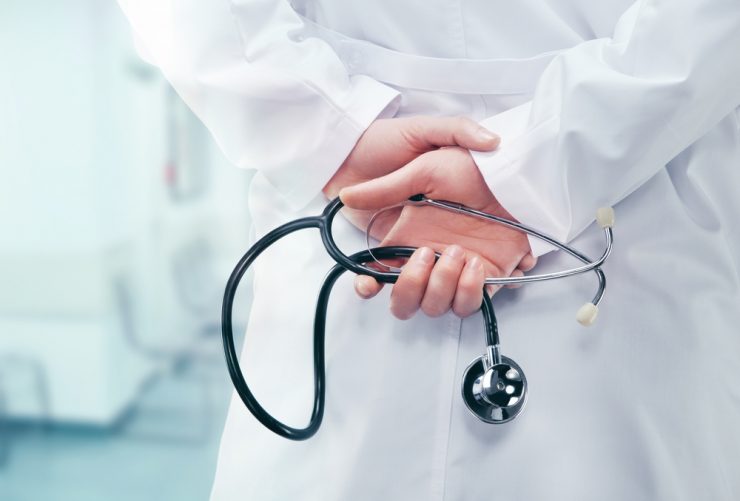Impetigo is a communicable infection that is caused by the bacteria. It may be of two types:
The bullous impetigo is the one which can result in the development of blisters that are large, fluid-filled and painless.
The non-bullous ones causing sores that rupture and leaves a crust that is yellowish brown in colour.
This is a condition which normally affects children of the age group of two to four. In normal cases, impetigo disappears by itself. Only the infection caused by this needs the use of antibiotic creams. But people infected with impetigo must keep themselves clean to avoid the spreading of the infection.
Symptoms
The non-bullous impetigo are characterised by red sores around the mouth and nose. These sores, which may be itchy, burst very fast and a crust of yellowish brown colour is left behind which normally heals off without scars.
In rare cases, people may experience fever as well as swelling of the glands.
The bullous impetigo are characterised by the presence of blisters containing fluid on the legs, arms and trunks. These spread very fast. The blisters, itchy in nature, rupture and leave a yellow coloured crest, which heals off without any scars.
Causes
Impetigo is caused by two kinds of bacteria. They are:
- staphylococcus aureus
- staphylococcus pyogenes.
The infection occurs initially in two ways:
the primary impetigo where the invasion occurs via insect bites or injuries.
the secondary impetigo where the invasion occurs due to other infections of the skin like eczema or scabies.
The symptoms of impetigo will be visible only after a minimum of four days. Because of this the spreading of infection is quite fast.
Treatment
Use of topical antibiotic creams is advised for effective treatment of impetigo. The affected area on the skin should be cleaned with soapy, warm water and then the cream is applied.
If the use of creams is not so effective then one can go in for antibiotic tablets fro a course of seven days.
The common side effects of using oral antibiotics are:
- stomach aches
- nausea or sensation of vomiting
- vomiting
- diarrhoea as well as
- in women it can cause yeast infections like thrush
These side effects normally fade of after a few days.
Complications
The complications associated with impetigo are:
cellulitis causing the inflammation of the skin with pain and fever
Guttate psoriasis causing small sores on the scalp, chest, legs and arms in the form of droplets.
scarlet fever with nausea, vomiting and pain
Septicaemia or the infection of the blood causing fainting, dizziness and confusion
Post-streptococcal glomerulonephritis that is the infection of the blood vessels of the kidney.
Prevention
the children who are infected must not be sent to school till the sores stop crusting and bleeding
the sheets, towels and flannels used by the infected person must not be shared.
the sores must be washed thoroughly with soapy and warm water. They must be then covered with a loose gauze bandage.
the sores must not be touched.
the hands must be washed frequently.










